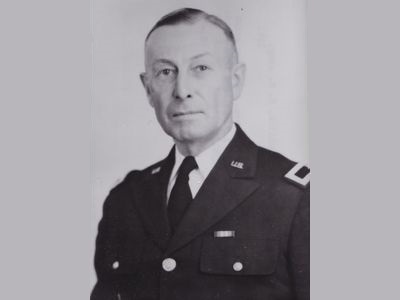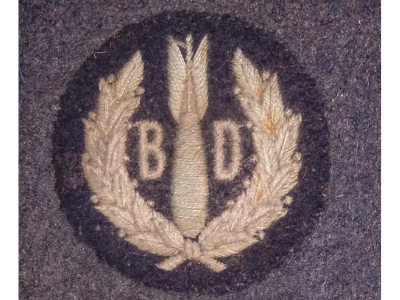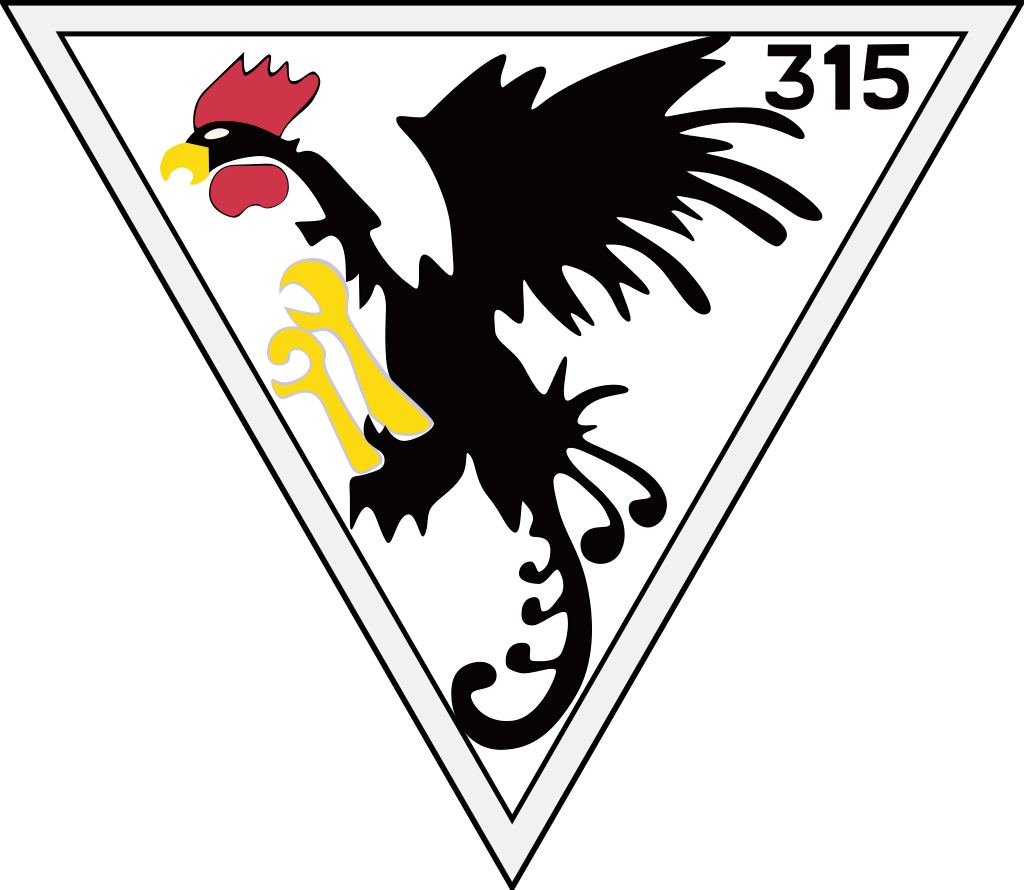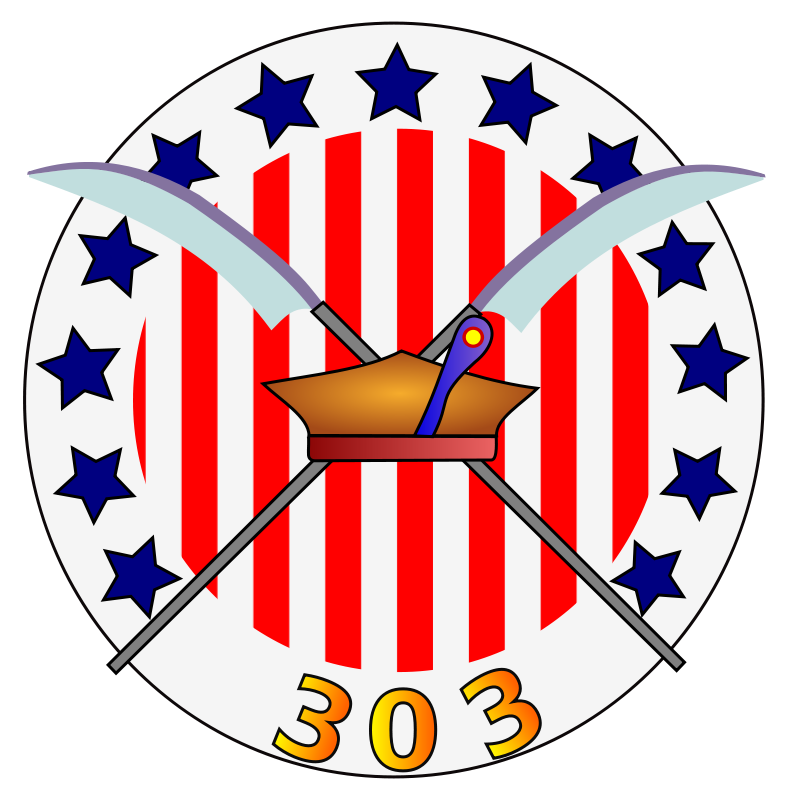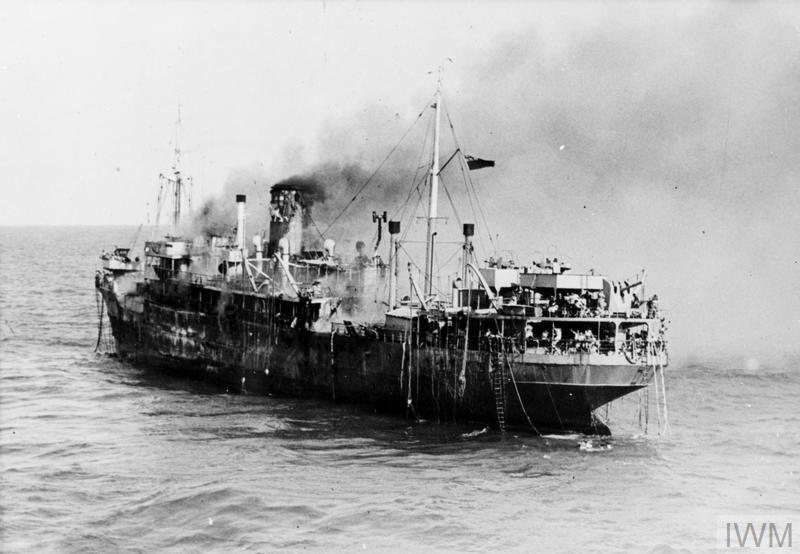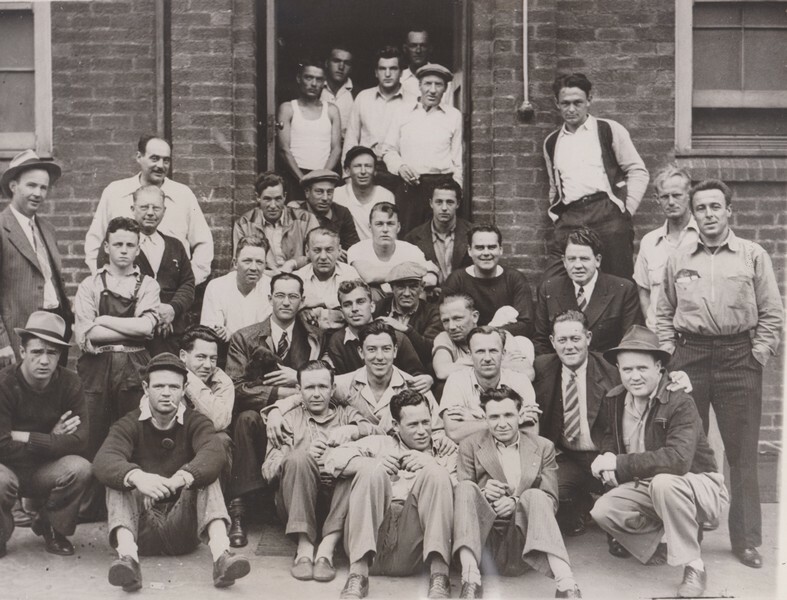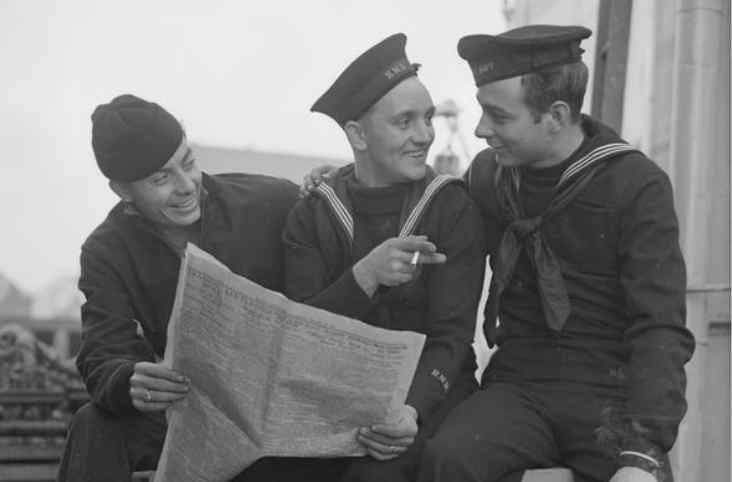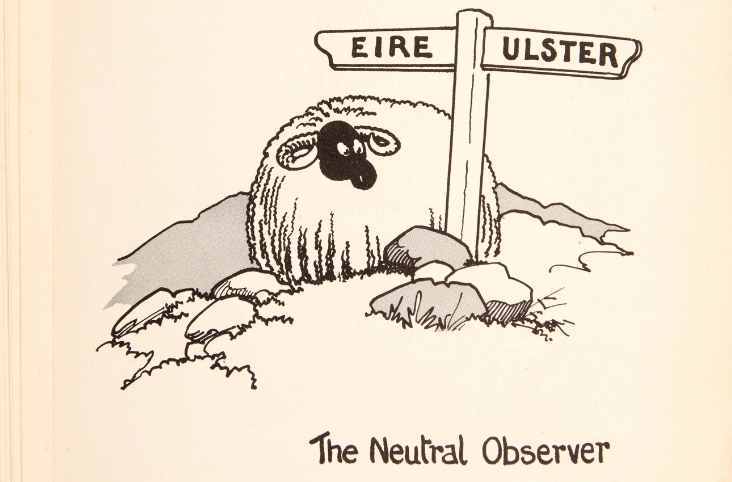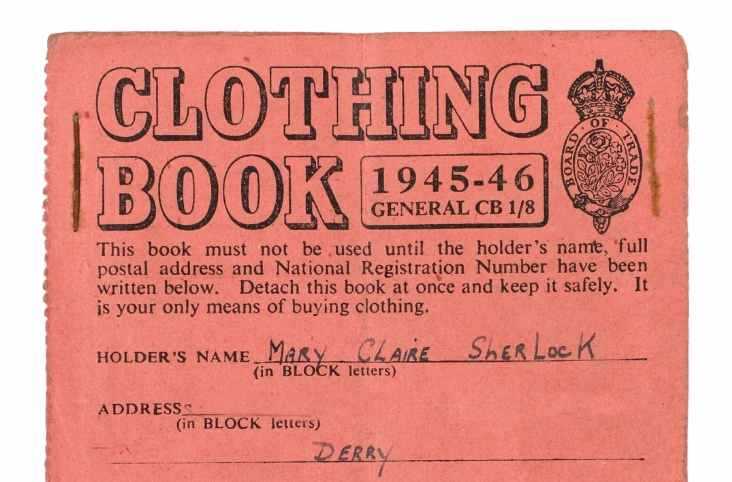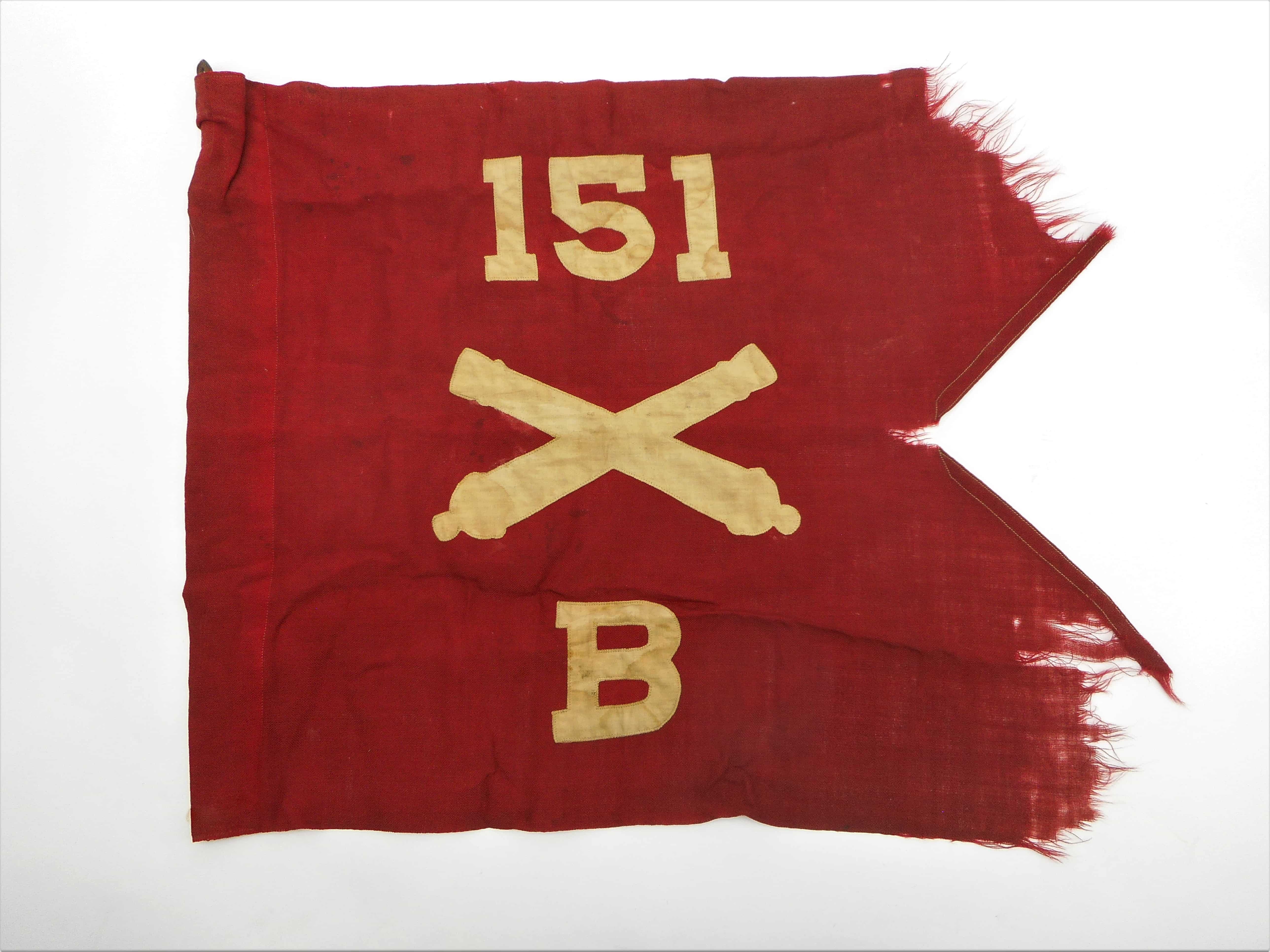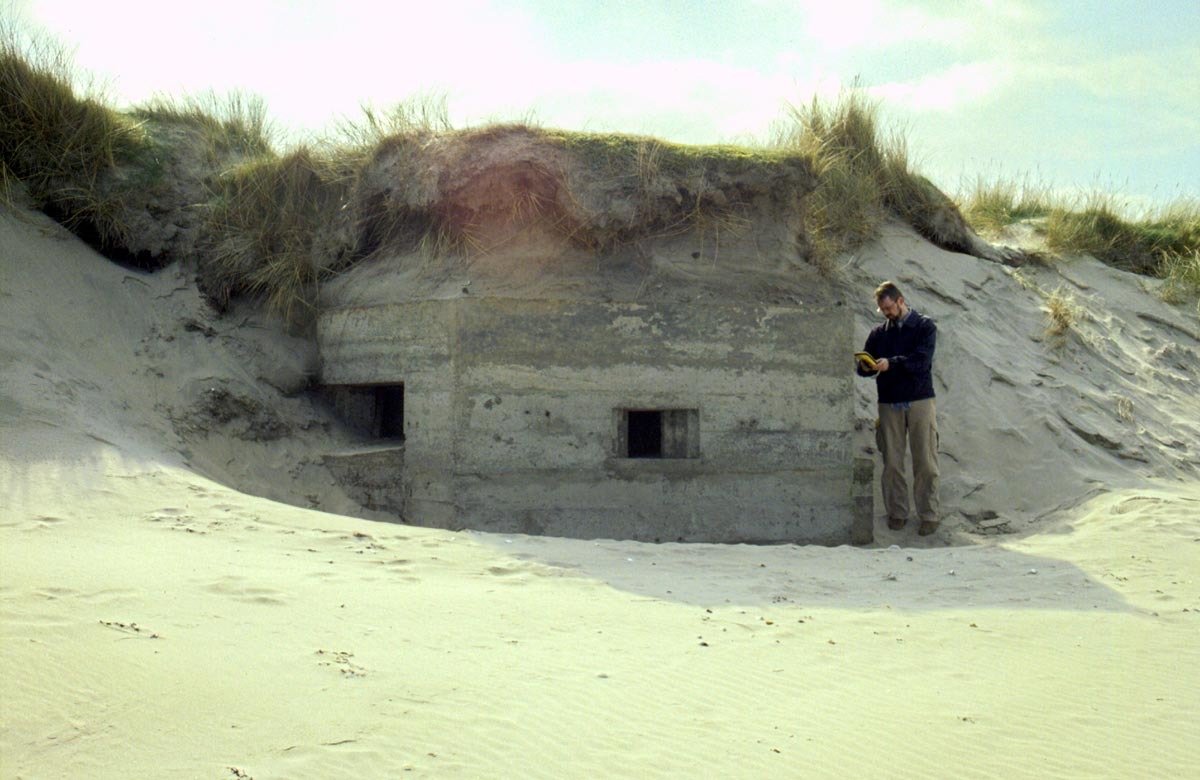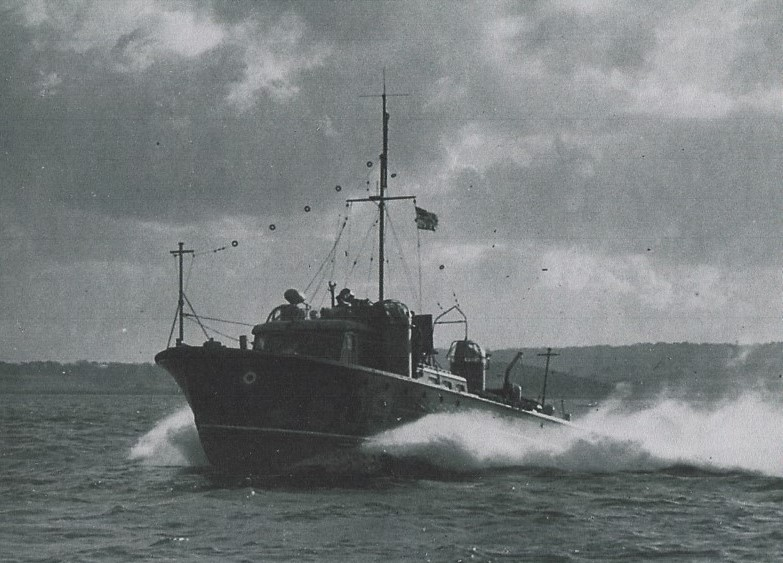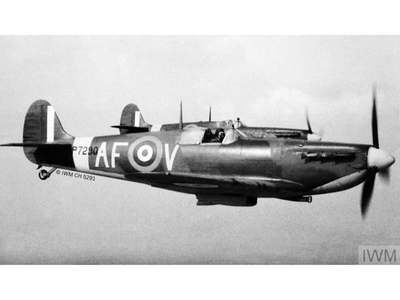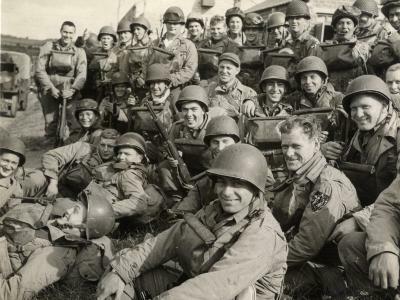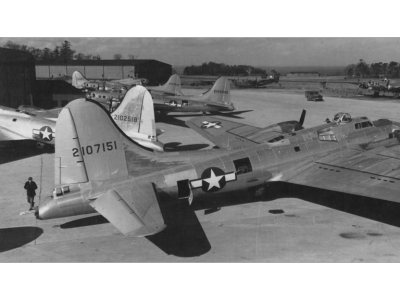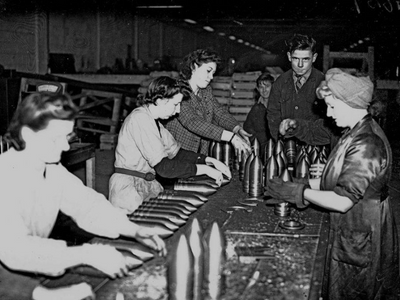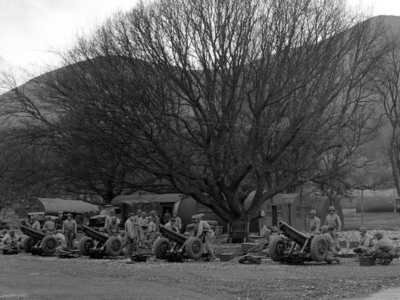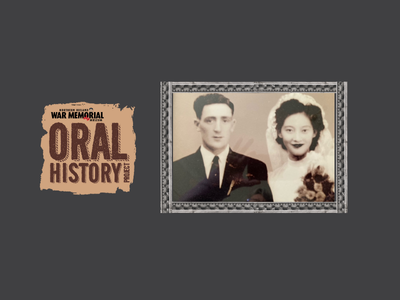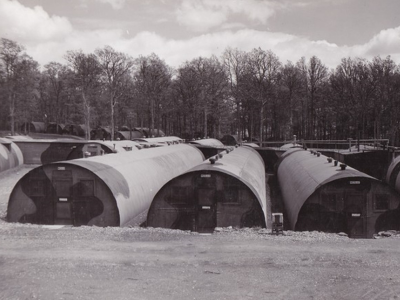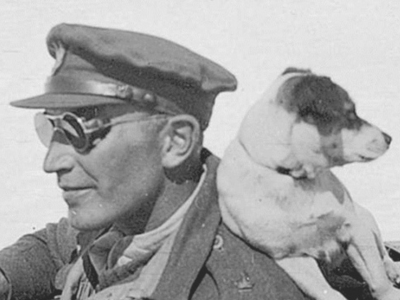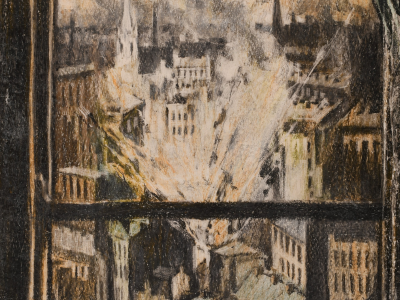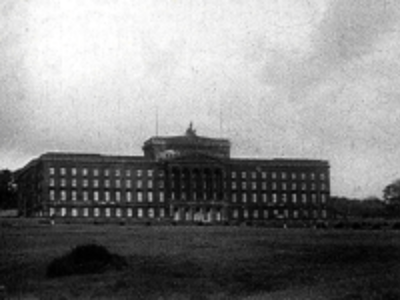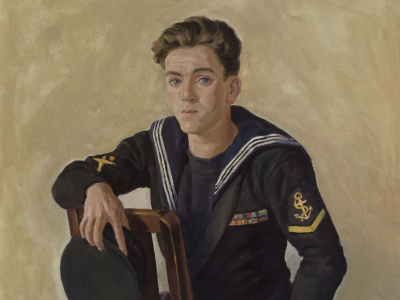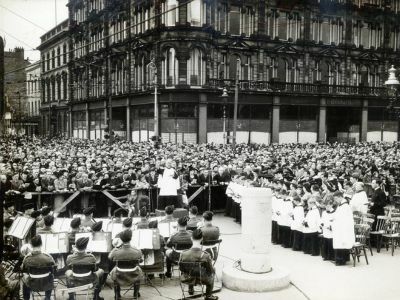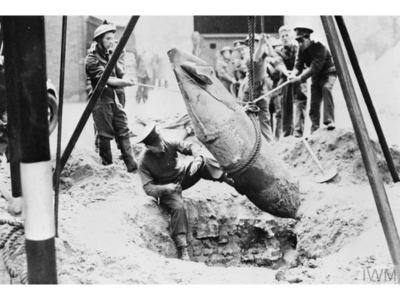Before sweets were rationed, they were in short supply. Shopkeepers discovered that this increased demand for them, with stock selling out very quickly often through word of mouth, leaving empty shelves and queues of disappointed shoppers.
Rationing of sweets applied to all chocolate and sugar confectionary, including chewing gum and pastilles sold by chemists. Products sold in packets such as bars and tubes were given a point value according to their price. The ration varied during the war according to supply and production and was temporarily increased to 16 oz. the following month.

Homemade sweets were occasionally made with golden syrup, saccharine, condensed milk and honey eking out the sugar ration. Honey toffee and honey twists were popular. Jellies, jams and sometimes the scum from jam-making went into improvised sweets, as well as oatmeal, cereals, grated carrots and grated raw beetroot for colour.
Buying and eating sweets is a popular childhood memory in our Oral History Collection. Favourite wartime sweets mentioned by our interviewees include Billiard Balls, Fry’s Peppermint Creams, Dolly Mixtures, Conversation Lozenges, Aniseed Balls, Liquorice Allsorts, Ceilí Suckers and Brandy Balls.

Retailers were encouraged to sell sweets manufactured locally to reduce transportation and fuel consumption. Eleanor McFadzean remembered that it was impossible to get Mars bars here in NI, but thankfully her uncle who served in the RAF in the South of England would bring them home where they would be cut into slices and enjoyed by the whole family.
Ena Hanna remembered children gathering at the front of the church hall in Ballygowan to fill their pockets with sweets thrown out of the train windows by American servicemen travelling to Belfast.
What are your favourite sweets and could you make 2 oz (57g) last you for a week? If you, a friend or family member have wartime memories please do get in touch with us, we would love to add your story to our growing collection. Read more about our Oral History Project: https://www.niwarmemorial.org/collections/oral-history-collection.
